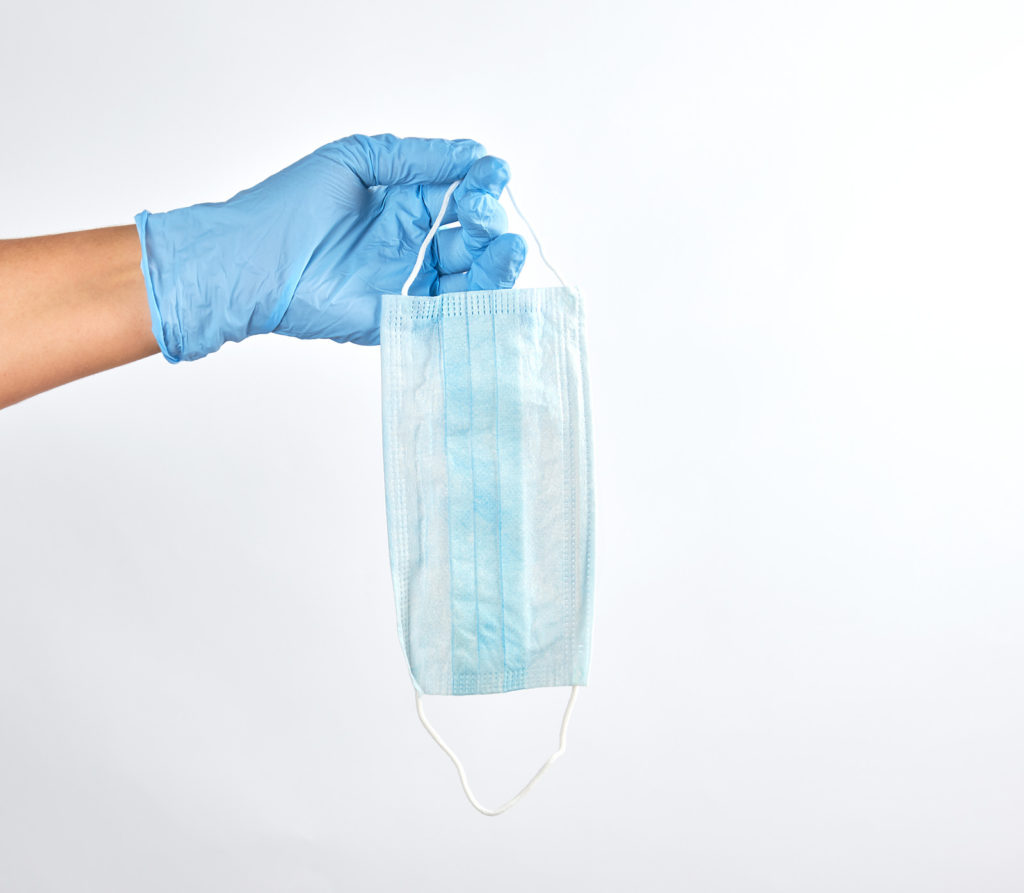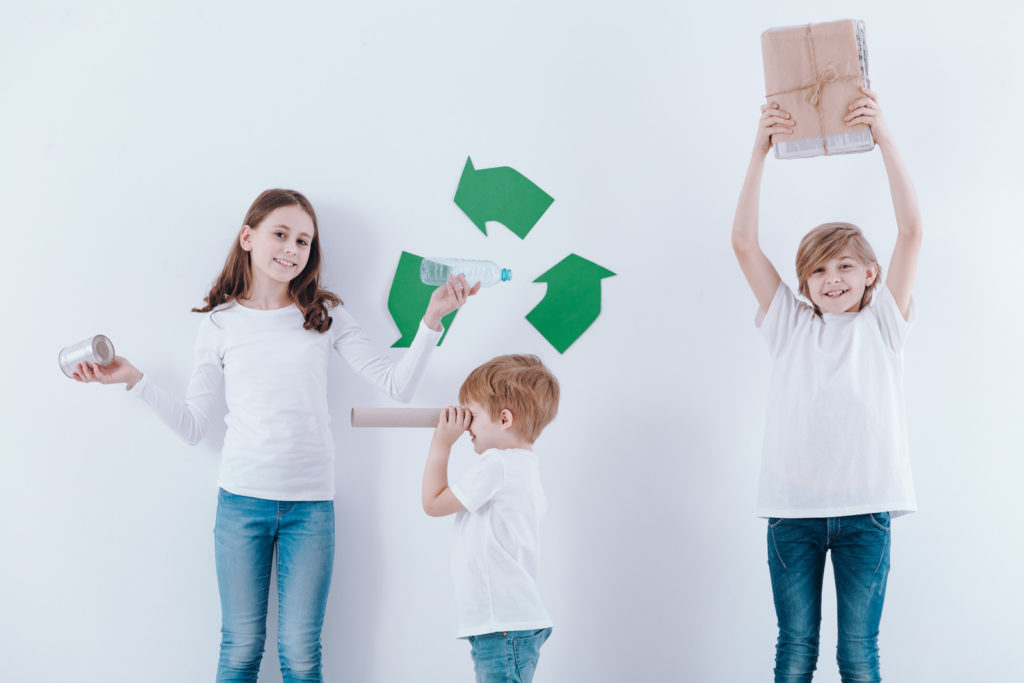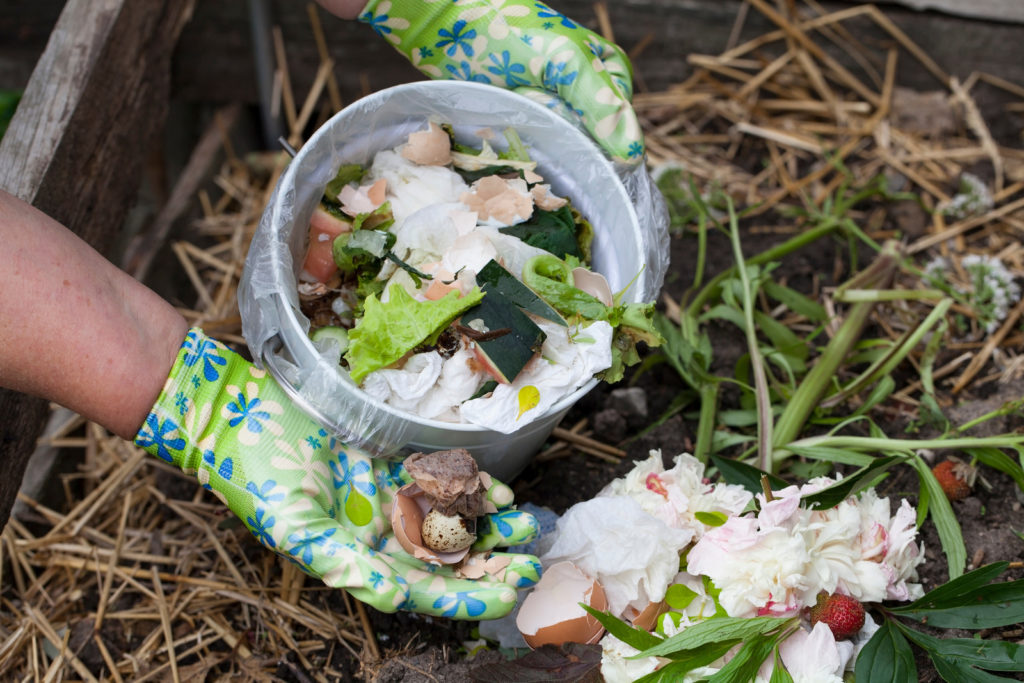Better waste disposal and management starts in every home.
With the waste that we are producing every day, it can be a problem for our health or our environment.
It is simply not enough to rely on our local garbage collectors to do the job. We must also do our part in proper waste management at home.
While we are spending more time at home, let us practice these easy proper waste disposal and management methods we can do at home.

Segregate
Waste segregation is a crucial part of proper waste disposal.
Your waste should be divided into several categories.
Such as ‘Wet and Dry’, ‘Organic and Inorganic’, and ‘Recyclable and Non-recyclable’.
Assign separate bins for each waste category.
Effective segregation is important at the source, so by doing this, the disposal of inorganic waste is also more efficient.
You can identify which materials to recycle or reuse and hazardous materials can be easily disposed of.
Special waste such as batteries or broken gadgets should also be separated and labeled properly.
Used cleaning materials & PPEs
Used cleaning materials such as paper towels, tissues, and wipes should be disposed of properly in a bag and discarded safely in a trash container.
Personal protective equipment (PPE) such as face masks and hand gloves should also be disposed of properly after use especially when the PPEs are from homes or businesses with someone who has tested positive for any deadly disease.
There are several steps of discarding these kinds of waste but it is best to separate them from regular garbage.
Also, label your trash bags or containers so collectors will know which are harmful waste.
After handling these kinds of waste, be sure to wash your hands thoroughly.
Also, check with your local government for any specific instructions for wastes that are hazardous.
Recycle
Recyclables need to be dry and free of any leftover food.
Before recycling make sure to reduce waste by using all the product inside the container and then follow up with cleaning the container.
Some home items like toilet paper rolls, newspapers, kitchen plastics, clean and dry cardboard, and paper boxes can be used for art activities with your children.
Used water and food waste
Conserving water is not only important but necessary to sustain our other needs such as our practice of good hygiene, food safety, and food preparation.
When using water to clean fresh produce or food items, make it a habit to save, store, and recycle water.
You can use stored water to water plants.
When doing laundry, your excess water with detergent can be used for cleaning your bathroom.
Composting is also one idea you can try at home.
A ‘compost’ is any organic material that you can add to the soil to help your plants grow, such as food scraps.
You can use vegetable and fruit waste, grass clippings, dead leaves, or twigs and using the right amount of water.
If you don’t have any space for an outdoor compost pile, you can compost materials indoors using any special type of bin.
These are just some examples of how you can practice proper waste disposal and management at home. Let us know your thoughts about this topic in the comments section of this video.
Please also note that according to recent studies the current coronavirus disease 2019 (COVID-19) pandemic is reported to live on surfaces for a certain period of time:
- Clothing: from several hours up to a day
- On copper: Up to 4 hours
- Cardboard: Up to 24 hours
- Plastic and stainless steel: Up to 2-3 days
- Glass: Up to 4 days
/dbs



